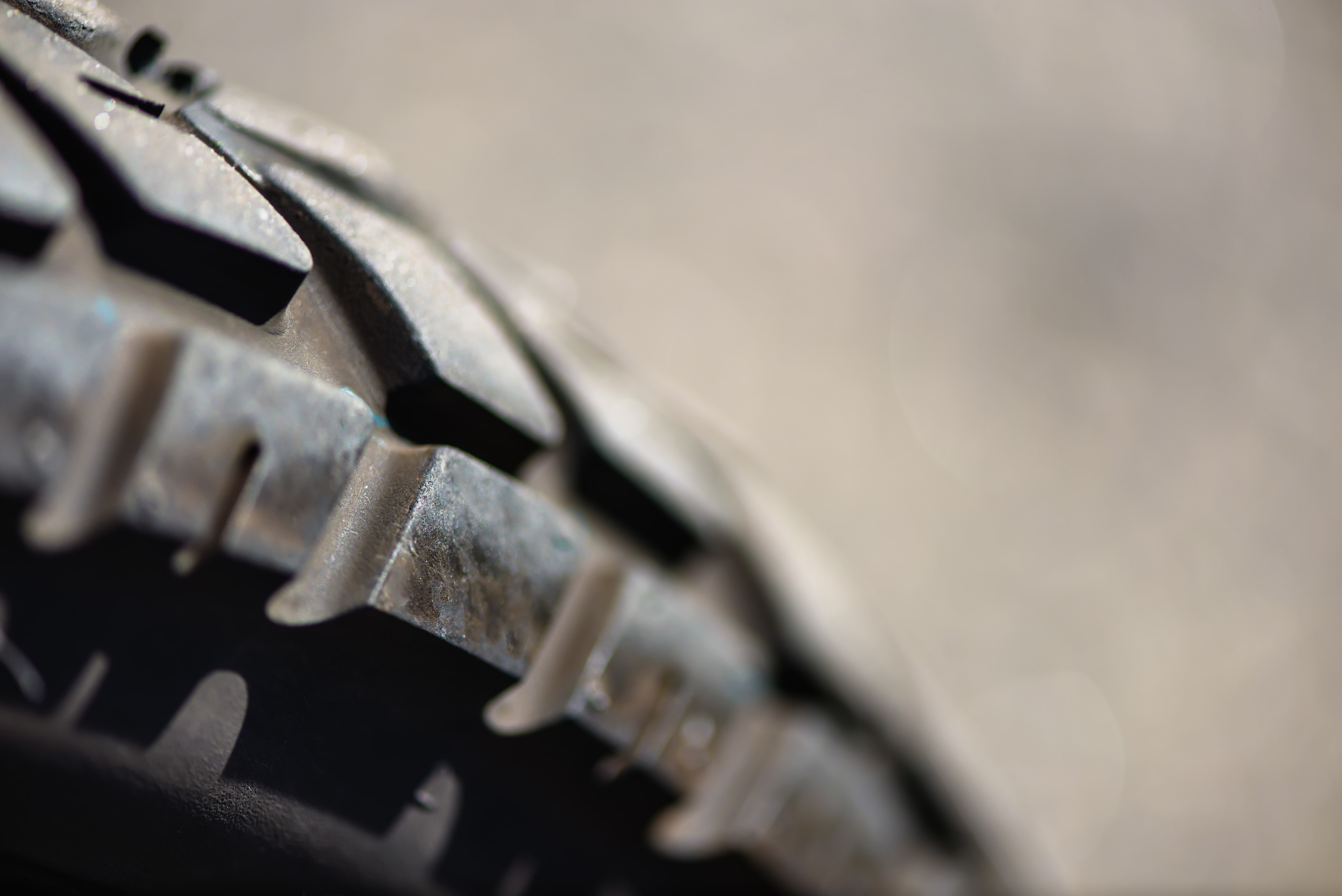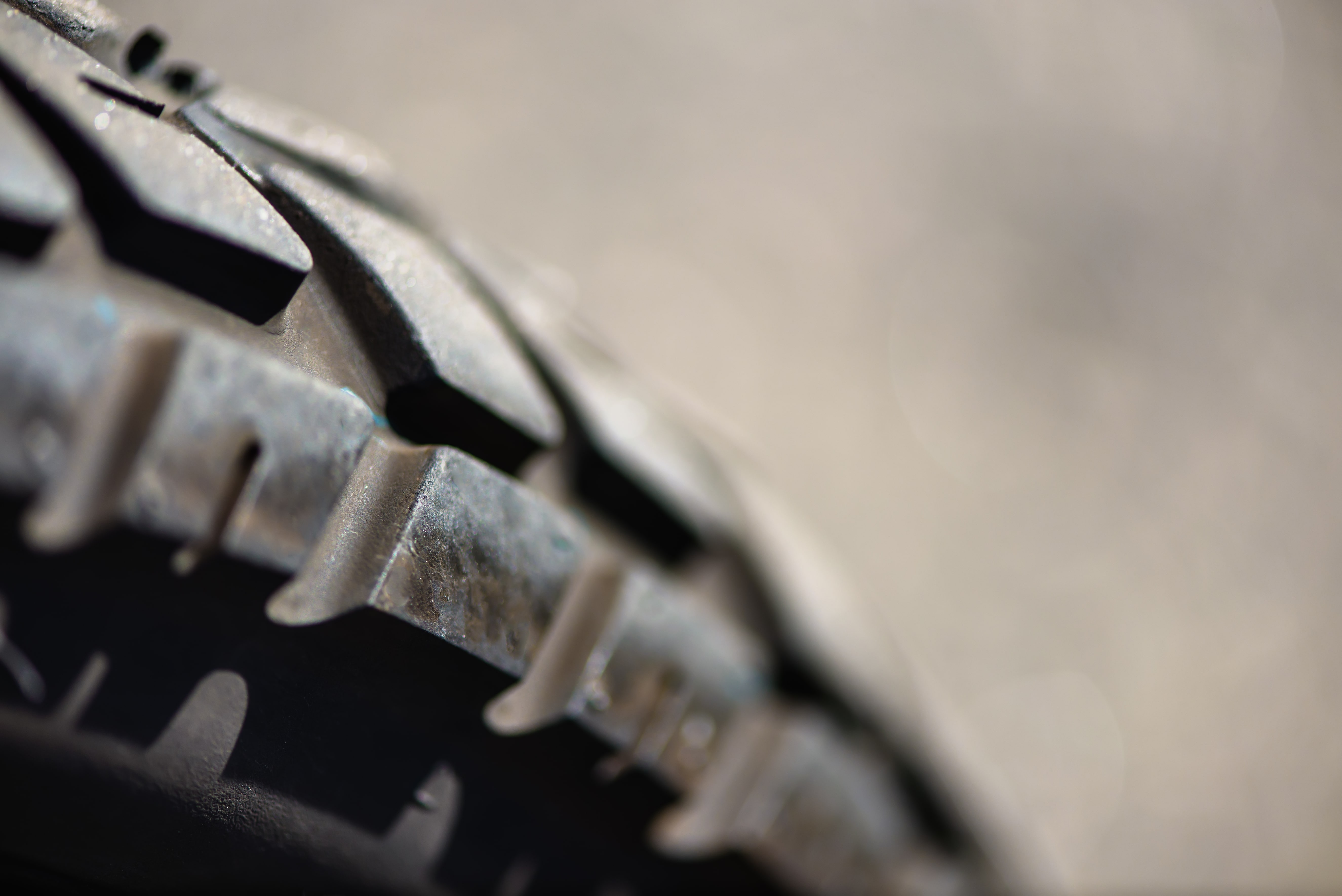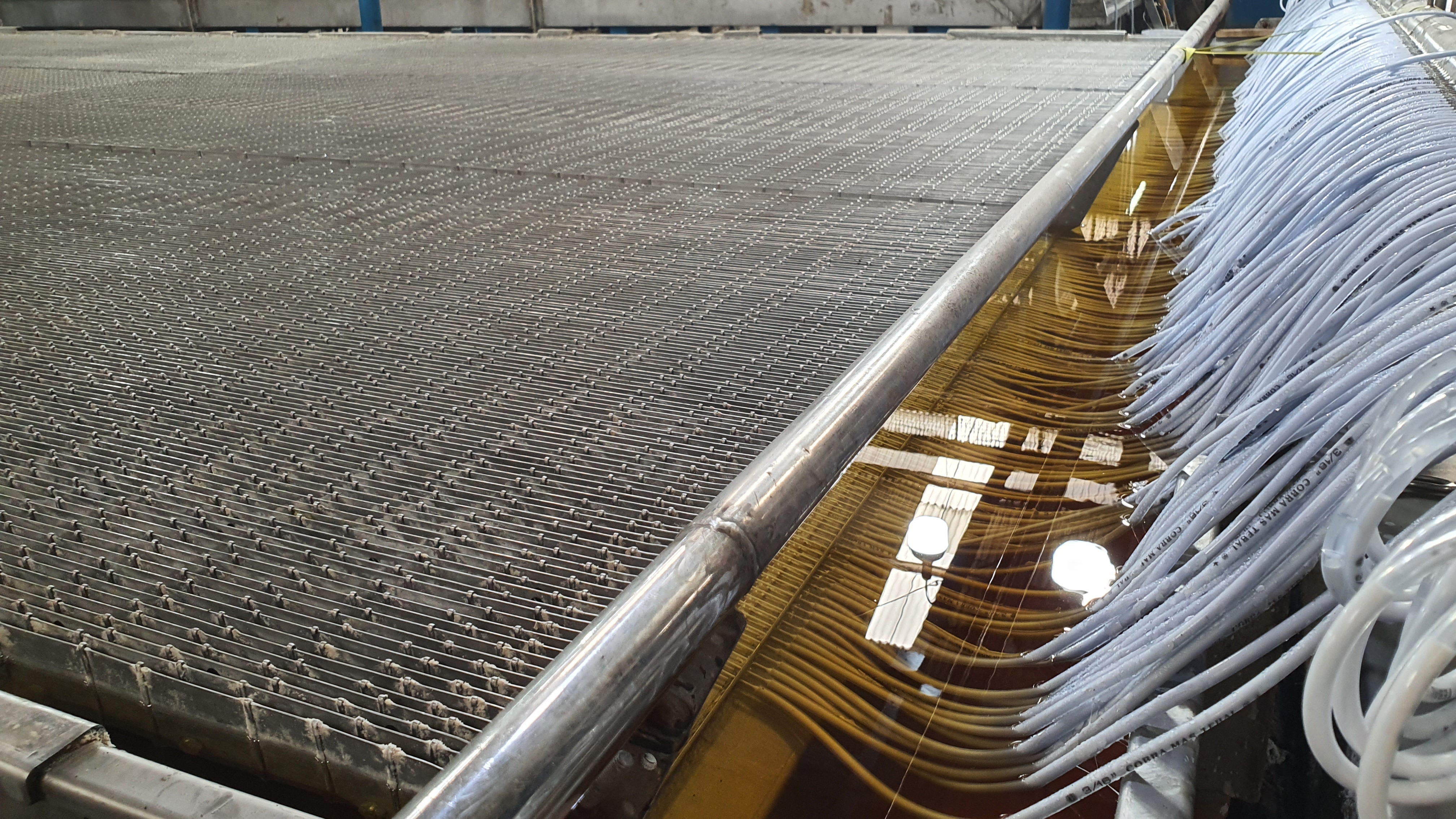In-Depth Look at Vulcanization, Hardening Process for Natural Rubber
 Napan Persada
Napan Persada
Natural rubber comes from sap extracted from the hevea tree, more commonly known as the rubber tree. The practice of extracting sap from these trees is known to have been done by the ancient Aztecs and Mayans. It is done by removing a sliver of bark from the tree, usually done diagonally, and attaching a small bucket to the bottom of the path to collect the freely flowing latex. Rubber trees can live up to 100 years and are usually deemed mature for tapping once they reach six years of age.
For natural rubber to be used in multiple items and industries, it must be durable without losing its elastic properties. Sap extracted from these trees can withstand repeated stretches without breaking. However, more is needed for more complex and specific uses in life. The invention of vulcanization, a process of stabilizing and enhancing the mechanical properties of natural rubber, has opened a larger window of opportunity for rubber processing.

Read again about Get to Know PT Cilatexindo Graha Alam and Its Rubber Thread Export
Get to Know the Vulcanization Process
Latex extracted from rubber trees quickly grew in popularity for its flexibility and versatility. However, it had the fatal flaw of easily melting in the summer and cracking in the winter, which contributed to its decline in popularity by the mid-19th century. Thus, in the 1830s, American chemist Charles Goodyear experimented with several techniques that could resolve this problem. He mixed chemicals, including nitric acid, lime, and turpentine, with raw latex in his makeshift laboratory. This resulted in a less sticky mixture that was great for rubber mailbags but it wasn’t enough to stabilize the material. It wasn’t until he accidentally combined rubber with sulfur on a hot stove that he discovered what we now know as the vulcanization process.
The vulcanization process is done by mixing rubber with sulfur and other additives, such as accelerators and activators. Then the mixture is heated to a temperature between 140°C and 160°C to harden the material. Adding heat to the mixture will allow the sulfur atoms to form chemical bonds with the polymer chains that are present in the rubber. This will create cross-links between proximate polymer molecules and form three-dimensional structures that make the rubber material more resistant to deformation.

Next The Future of Rubber Thread in Textiles: Innovation and Potential
Practical Applications of Vulcanized Rubber
From vehicle tires to surgical gloves, almost all industries worldwide benefit from the added durability and strength of rubber. Here are some more examples of industrial use of vulcanized rubber.
Construction and Infrastructure: Vulcanized rubber is waterproof, slip-resistant, and can be used to dampen the impact of machinery and noise. It is commonly used as roofing materials, vibration and noise dampening, and flooring in the construction industry.
Consumer Goods: You can most likely find vulcanized rubber in sportswear and footwear. Vulcanized rubber provides ample support, protection, and comfort for day-to-day use. One can greatly benefit from its elasticity and enhanced resilience, especially when it comes to active use. They can also be found in household items such as door mats and kitchen utensils.
Marine Industry: Though not commonly known, vulcanized rubber can be found in boat fenders and dock bumpers. Thanks to its enhanced mechanical properties, rubber can be used to absorb impact and prevent damage from collisions. It is also known to be resistant to saltwater, making it ideal for long-term sea voyages.
Check out Beyond Basic Black: Exploring The Design Possibilities of Omnimax Rubber Threads
Vulcanization is a cornerstone process in the rubber industry, transforming natural rubber into a versatile and durable material. As technology advances, further refinements in vulcanization may lead to even more remarkable uses for this material, shaping better innovations for industries and everyday life. If you’re interested in using vulcanized rubber for your textile needs, be sure to check out Omnimax by PT Cilatexindo Graha Alam (www.omnimax.id).
Subscribe to my newsletter
Read articles from Napan Persada directly inside your inbox. Subscribe to the newsletter, and don't miss out.
Written by
